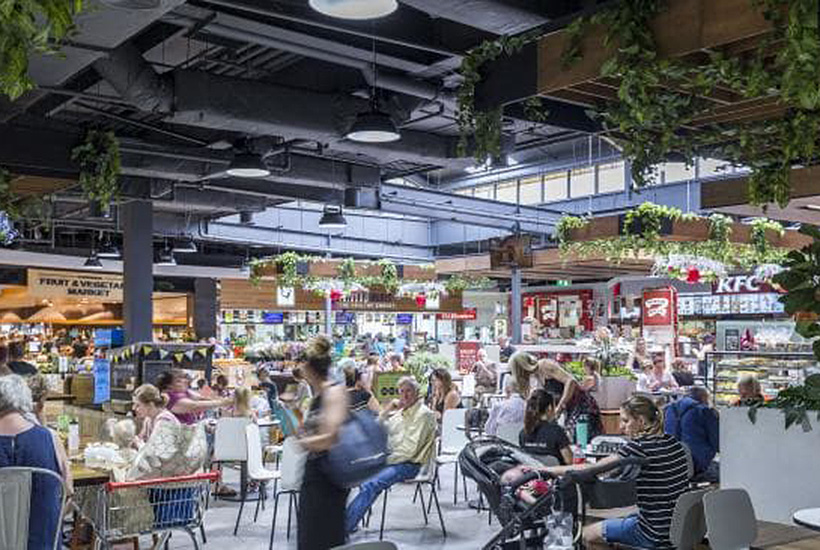Shopping centres launch food fight against Amazon

Landlords are adding so many new eateries to shopping malls to draw customers away from online shopping platforms such as Amazon that they are creating competition for existing operators, a JLL report found.
Tenant inquiry was dominated by food-based retailers in the JLL Retail Centre Managers’ Survey for April, with 16% of respondents reporting strong or very strong demand from takeaway food operators and 10 per cent seeing similar demand from specialty food retailers.
By contrast demand was subdued from apparel businesses, with no survey respondents reporting strong or very strong inquiry from clothing, footwear, accessories or jewellery stores.
Commercial Insights: Subscribe to receive the latest news and updates
Landlords have been remixing their centres towards experiences that can’t be bought online, and the report found a continued trend toward food, services, entertainment, gyms, medical centres and insurance tenants.
“However, in some centres the amount of food and beverage tenancies has begun to create competition for existing operators,” says Richard Fennell, JLL’s head of property and asset management for Australia.
“And the expanded offering of the supermarkets has started to result in lower demand from speciality food retailers.
“But overall, food operators continue to drive tenant inquiry levels while online retailing continues to be a key headwind for the fashion segment.”
The survey found rents rose 1.1% in subregional centres in the year to December 2017, the lowest figure in the last eight surveys, while neighbourhood centres had rent growth of 1.2%. Most centre managers say a 10% incentive is needed to win new tenants, while there is a growing expectation of rent decreases.
Average sales turnover improved marginally in subregional centres, growing 1% over the year, while neighbourhood centres had turnover growth of 0.2%, with the report blaming weak wages growth, rising cost of living and online commerce for the subdued result.
This article originally appeared on www.theaustralian.com.au/property.







